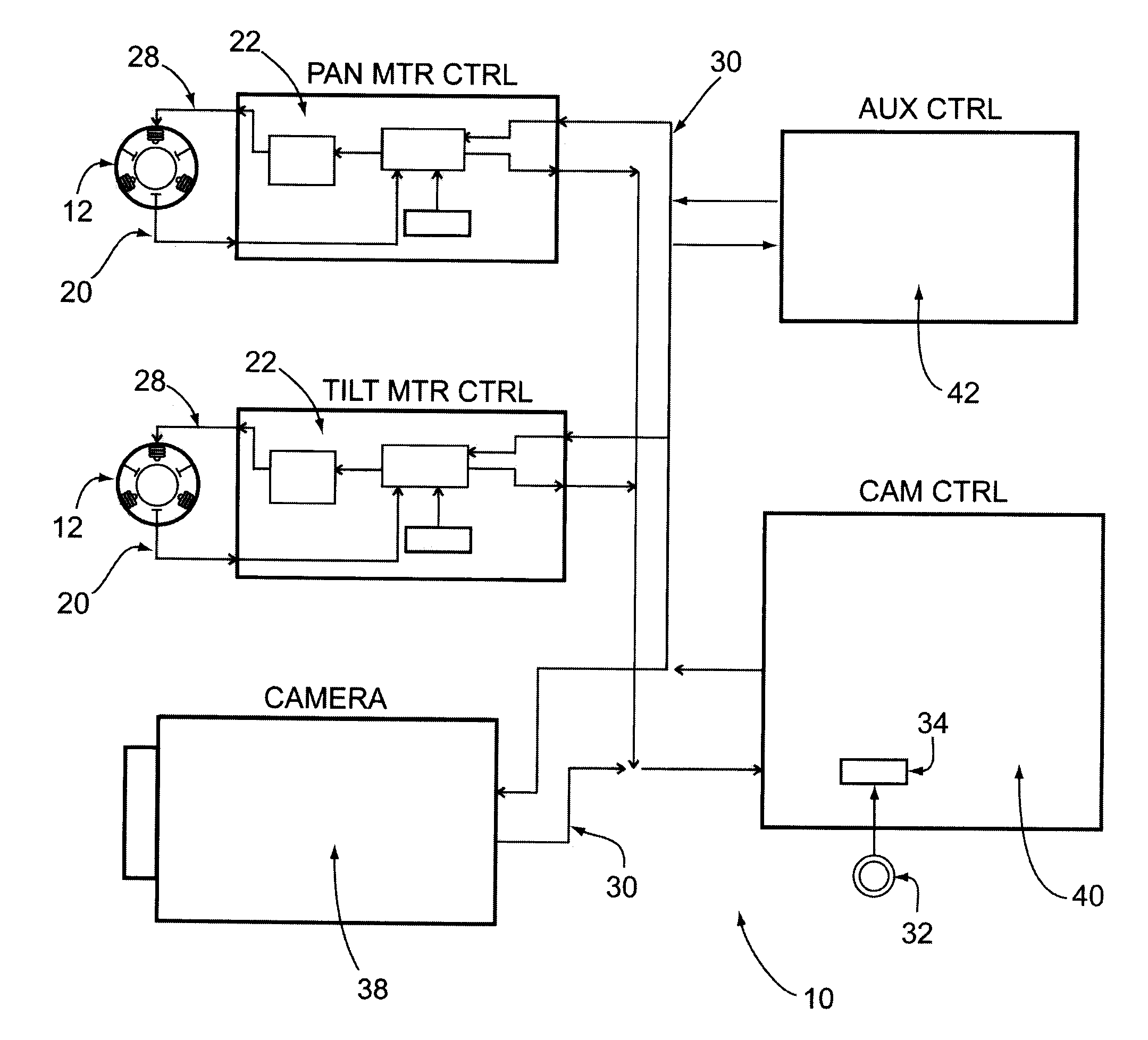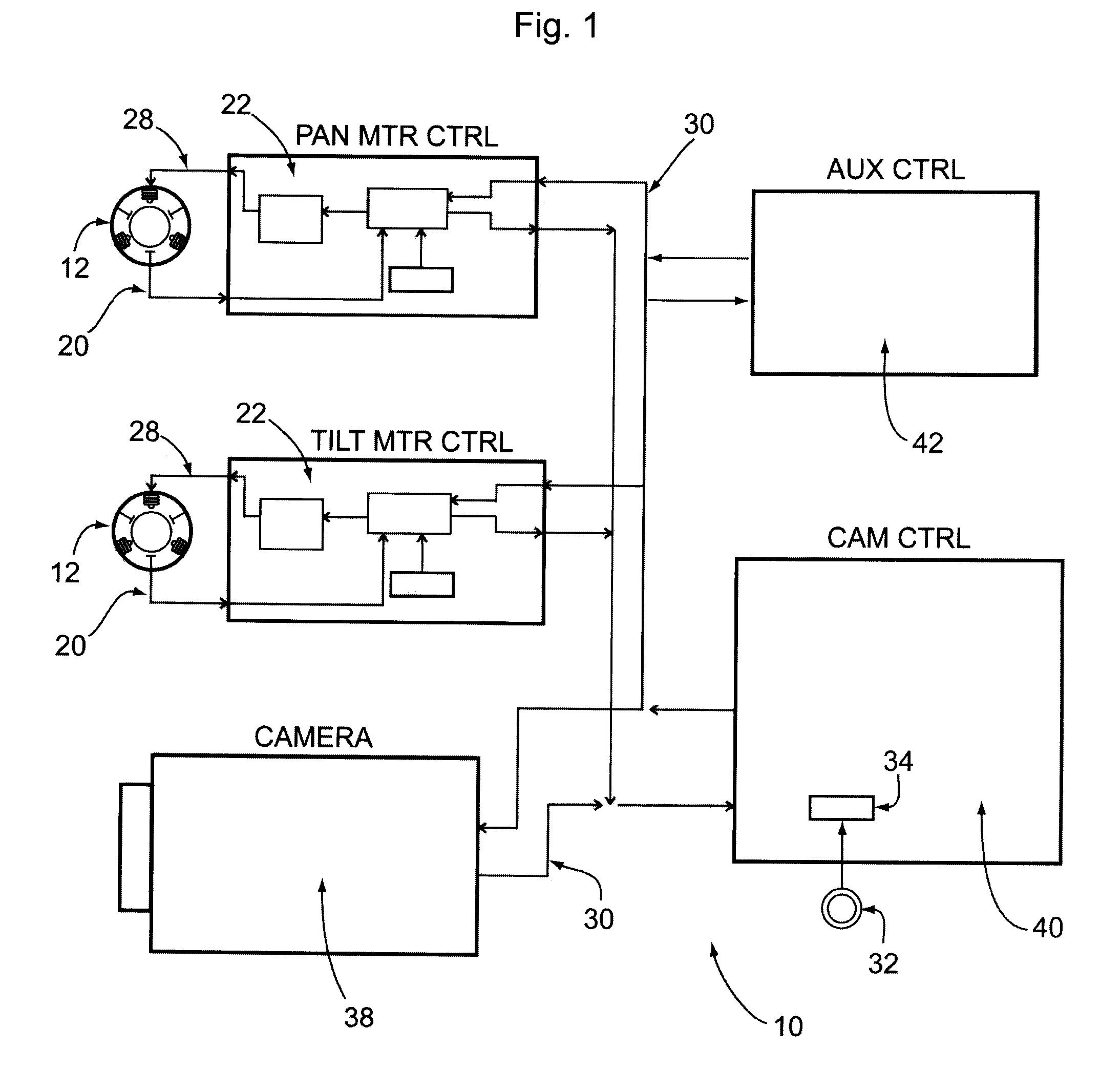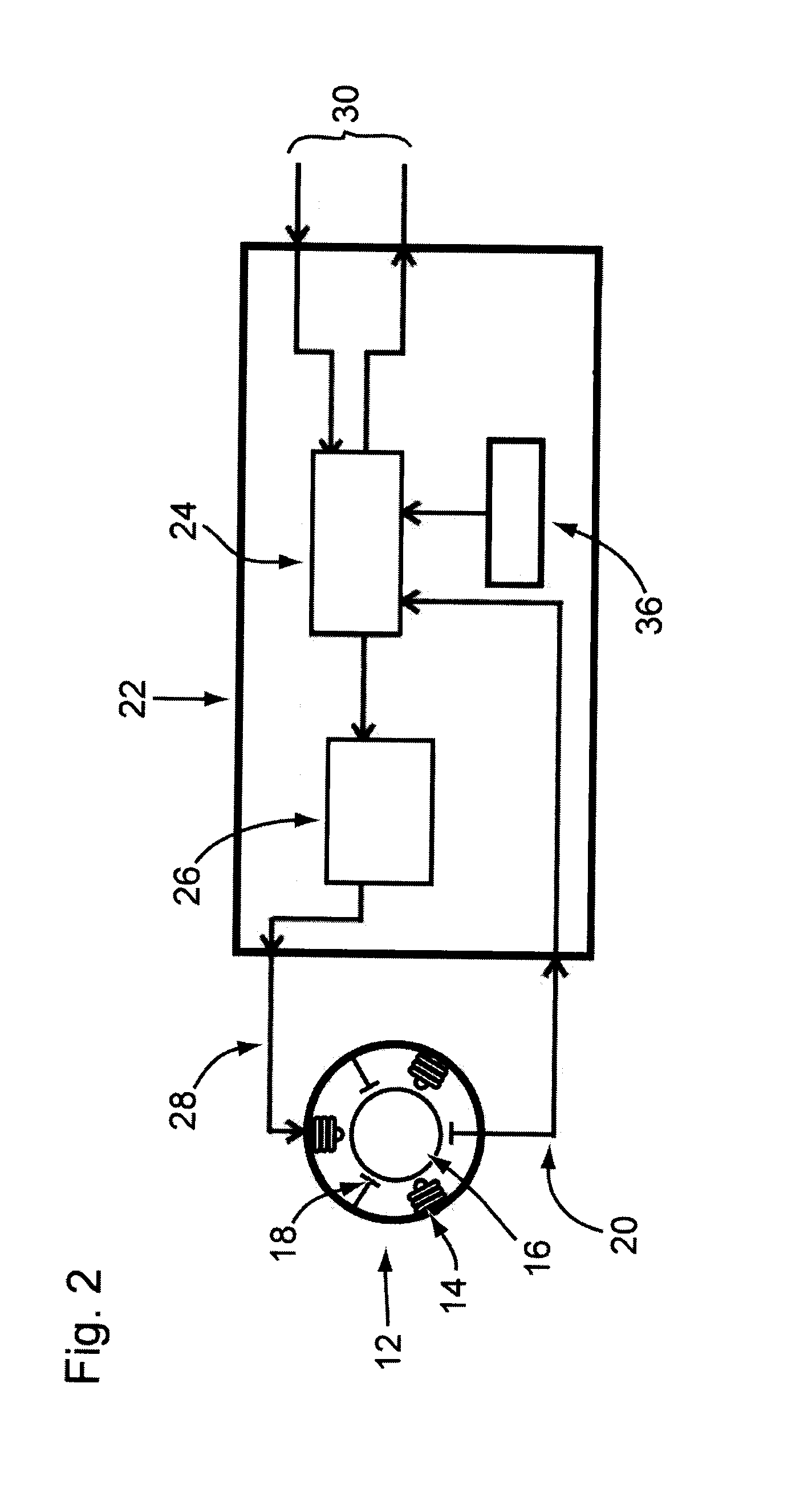Brushless motor speed control system
a technology of motor speed control and brushless motor, which is applied in the direction of torque ripple control, single motor speed/torque control, dynamo-electric machines, etc. it can solve the problems of inability to create images, inability to seamlessly integrate these two complimentary commutation modes using presently available methods and technologies, and insufficient resolution of hall sensors to drive the motor consistently. , to achieve the effect of smooth low speed control, greater peripheral functionality, and smooth operation
- Summary
- Abstract
- Description
- Claims
- Application Information
AI Technical Summary
Benefits of technology
Problems solved by technology
Method used
Image
Examples
Embodiment Construction
[0051]All elements will first be introduced by reference to figures, then the functionality and interactions of each element with each other element will be described, and finally the preferred embodiment of the novel device will be described in detail.
[0052]FIG. 1 diagrams the entire Brushless Motor Speed Control System 10 wherein each motor driver card 22 receives Hall sensor outputs 20 from the motor 12, and depending on the operating mode and the required speed, provides the appropriate PWM output 28 to drive the motor 12. A camera control card 40 can issue VISCA (Video System Control Architecture) formatted commands on a TTL serial bus 30 to either Pan or Tilt motor driver cards 22, or to the camera 38. Motor driver cards 22 can command each motor 12 to go to a specific position, report the current position by means of a digital resolver 32, drive at a specific speed and direction and stop (see FIG. 8). There will also be commands to read back data such as current speed and PWM...
PUM
 Login to View More
Login to View More Abstract
Description
Claims
Application Information
 Login to View More
Login to View More - R&D
- Intellectual Property
- Life Sciences
- Materials
- Tech Scout
- Unparalleled Data Quality
- Higher Quality Content
- 60% Fewer Hallucinations
Browse by: Latest US Patents, China's latest patents, Technical Efficacy Thesaurus, Application Domain, Technology Topic, Popular Technical Reports.
© 2025 PatSnap. All rights reserved.Legal|Privacy policy|Modern Slavery Act Transparency Statement|Sitemap|About US| Contact US: help@patsnap.com



